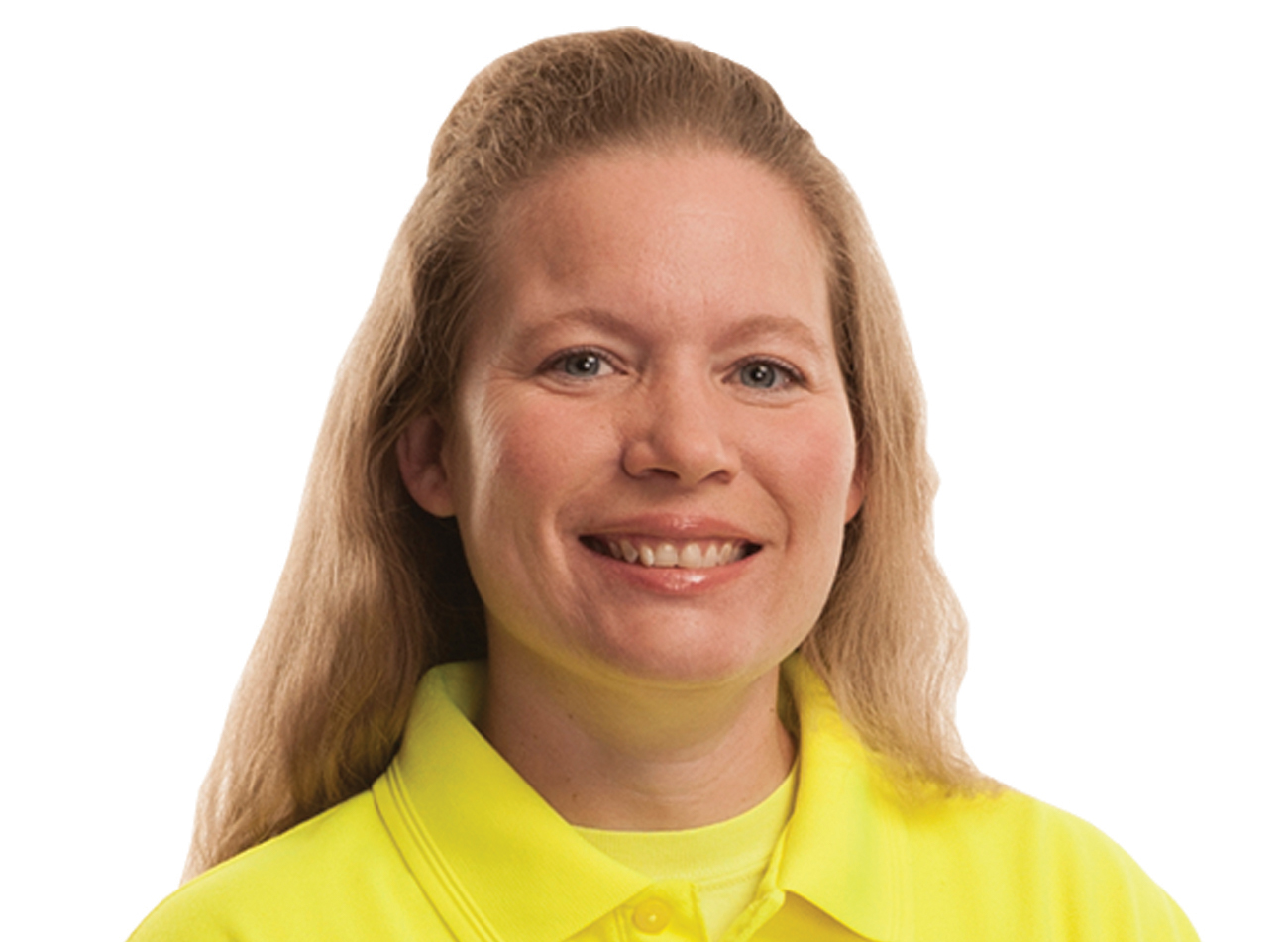
This article originally appeared on Construction Superintendent.
Donna Strange is an assistant superintendent at Hoar Construction, where she’s donned a hard hat for more than 10 years in an industry where women make up less than 10% of the field. Strange is responsible for assisting the project superintendent and other personnel onsite, and supervises layout and coordination of trades for specific portions of the project. Join Construction Superintendent as Strange shares the best advice she’s received working in the field, the biggest challenge she’s encountered on the job and her advice for those interested in joining the ever-evolving industry.
(Q) You were recently interviewed by Birmingham, Alabama’s WBRC Channel 6 as a woman in construction. You appear to wear that “hard hat” with pride. What has been the biggest challenge in this role?
Being an assistant superintendent requires you to be quick on your feet and confident in the decisions you make. Lots of my colleagues got this knowledge from studying construction in college or being around the business for years with their families, so my biggest challenge was learning as quickly as possible on the job.
(Q) Talk about your path to assistant superintendent. What obstacles did you face?
I got the chance to work with a drywall company on a Hoar job at the very end of the project. Watching the process and seeing what went into completing a building got me hooked on construction. Seeing how all the Hoar team members worked and pulled together made me want to be a part of the company. I finally got the opportunity to start with Hoar as a job clerk in the field. I took every opportunity to have my boots in the dirt learning more and more by watching, asking questions, asking them to let me try, giving a hand whenever I could. I found myself wanting more and more knowledge about all the aspects of what it takes to build.
(Q) Share the best advice you’ve received working in the field.
I was told I have heart and passion, which cannot be taught from a book or at any university, and that I needed to continue to fight, go after my dream and not stop. I worked under a lot of superintendents in my first eight years with this company. They saw how serious I took my position as job clerk and how hard I worked to get those duties done so I could get out in the field and learn even more about the why behind each piece of paper I was pushing across my desk.
(Q) What would you say is one of your biggest strengths as an assistant superintendent?
My concern and passion for making sure our client receives the best quality-built facility; the full commitment I put into each project no matter the role I play and not backing down no matter how challenging that role may be. I can always be found with a smile on my face and encouraging words to share to help find a silver lining.
(Q) Over the past decade, which project stands out as the most memorable and/or rewarding? Why?
So many projects have special memories I cannot pick just one. I learn from them all. The good, the bad, the ugly – they all have something that can be used to make the next job better.
(Q) You’ve worked on a variety of projects—from medical construction and manufacturing, to residential and government. Which project proved the most challenging? How did you overcome these challenges?
All projects have challenges to overcome, but the biggest challenge I continue to see is workforce. Some people don’t care about the quality, safety and the details in their work. They don’t look ahead and see what they can do today to make tomorrow better. It’s sometimes hard to find the people who will think through everything and care about doing a job well, but those are the ones you need to pull any hard project to the end.
(Q) Talk a little about the logistics involved with the historical renovation of the Robert Smith Vance Federal Building and Courthouse. What did this entail?
This was a very interesting project due to the age of the building. We had to find ways to preserve as much of the original finishes as we could and incorporate new finishes. I must have found myself 100 times just looking at the walls and imagining what they could say if they could talk. You could feel the history walking the halls.
(Q) What would you say to encourage other women thinking about joining the industry?
This industry is always evolving. Always changing. The first day, the last day and all the days in between – none are the same. You have to be the type of person willing to change and roll with the everyday punches. It’s not an easy job but, for me, it’s the most satisfying job. Every day is another day to learn something new or a different way of doing something. Taking on this challenge will be different for you than it was for me. Always make sure you have someone you can talk to when things get discouraging. That is what I love and respect about Hoar. We are all family, and we all know we can call one another up any time and find alternative actions to make the next day better than yesterday.
(Q) Where do you see yourself in the next 10 years?
Retired would be nice!
(Q) What is your favorite tool on the job?
Measuring tape, always important to keep that on you.
(Q) How do you encourage/promote safety on the jobsite?
Lead by example, offer assistance and alternative options and challenge workers to suggest other options as well. Getting everyone involved with solutions helps them learn to put safety at the forefront of their thought process when completing each task.
(Q) What’s your favorite pastime?
This question is easy, spending time with my family. I am on the road months at a time. Nothing is more important to me right now than being able to go visit my mother and my daddy. I have a handful of nephews and nieces that I enjoy being around because they make me smile, laugh and feel young again.

